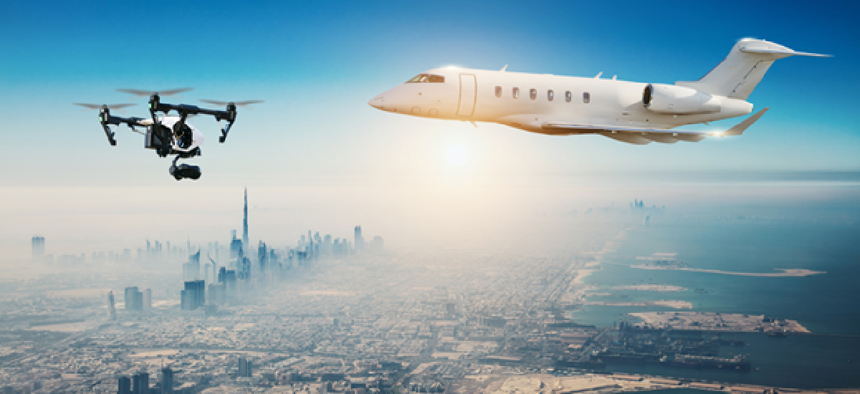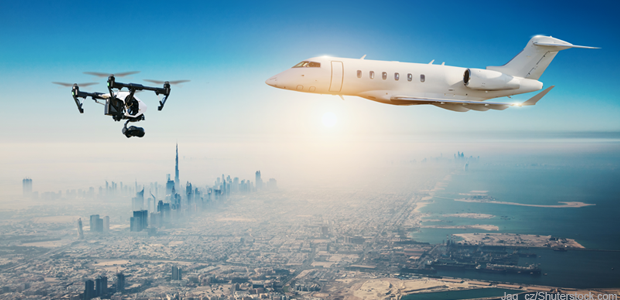FAA to test anti-drone technologies

The Federal Aviation Administration will test commercial drone detection and mitigation systems in real-world civilian airport settings.

The Federal Aviation Administration plans to test drone detection and mitigation technology at multiple civilian airports in the coming months to see how they perform in real-world environments.
The agency plans to test systems from as many as 10 vendors at the Atlantic City International Airport in New Jersey, beginning early next year. The tests will expand to as many as four other airports to try out various aspects of those systems, according to an Aug. 21 broad agency announcement.
The FAA was tasked with developing anti-drone technologies in its 2018 reauthorization. That legislation mandated the agency work with the Defense Department, the Department of Homeland Security, and other agencies to develop technologies that could deal with the growing risk that small commercial drone aircraft pose to airports, air traffic and the national air space.
Unauthorized drone operations near airports and other civilian critical infrastructure have raised concerns in the last couple of years. The FAA, DHS, Department of Justice, Federal Communications Commission, and Department of Transportation recently warned operators of commercial sites such as airports and stadiums about using certain kinds of detection and mitigation systems that intercept radio communications because that interception violates federal wiretapping laws.
The FAA plans three tests for the systems, possibly beginning as early as this coming January and extending into the end of 2021.
The first test requires the systems to cover the Atlantic City airport's 2,300 acres of territory, up to five miles out from the airport's center.
The second test will look at the systems' ability to "mitigate" drone targets within the airport's territory.
The third test will see those systems that pass muster at the Atlantic City airport sent to as many as four yet-to-be-identified airports for similar testing in those unique environments, taking into account the individual geography, noise, interference, proximity to metropolitan areas, and airport infrastructure at those facilities, according to the FAA.
NEXT STORY: How zero trust solves the 'weakest link' problem


